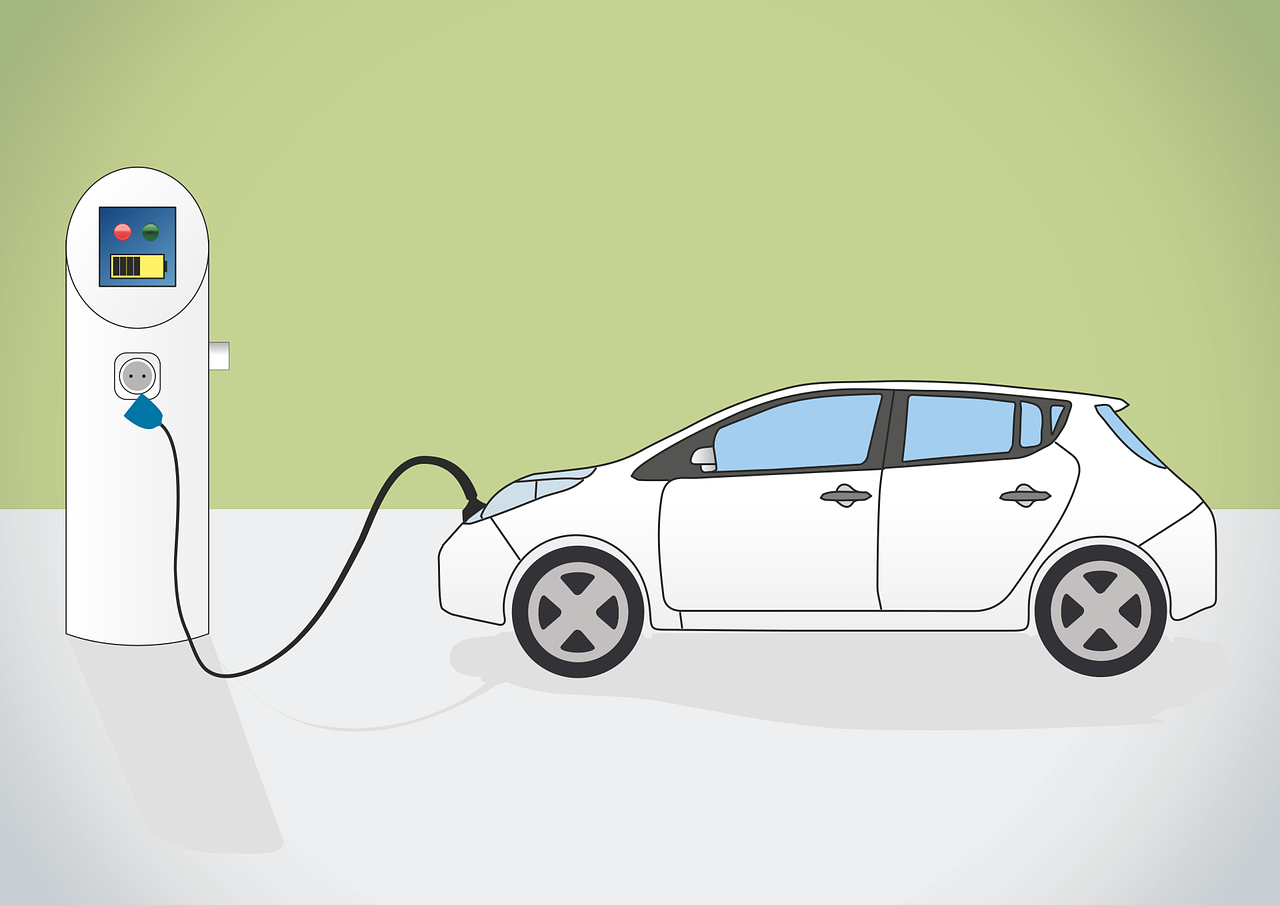Japan increasingly seeks ways to use electric vehicles for purposes other than driving. The pace of EV adoption has been slow so far, but government task forces are exploring how to optimize the potential of the batteries in the EV to help balance the nation’s power grid.
There are more than 400,000 EVs in Japan – both battery electric vehicles (BEV) and plug-in hybrids (PHEV). In FY2022, BEV and PHEV accounted for less than 3% of all new car sales in the country. With 410,000 units sold as of 2022, Japan is a far smaller market than countries such as China (14 million), or the U.S. (nearly 3 million).
By 2030, Japan is targeting to increase the share of new BEV/ PHEV sales to between 20% and 30%, or 800,000 to 1.2 million cars. All new sales are slated to be electric by 2035. To achieve these targets, the government plans to increase the number of charging spots (including fast chargers) to 300,000 by 2030, according to a guideline published in October 2023. That compares with about 40,000 units including more than 10,000 fast chargers currently in Japan.
As more intermittent energy sources such as wind and solar power are added to the grid, there is an increasing need to balance electricity supply and demand. Energy storage is one solution to shift the time of electricity use, and batteries in electric cars are emerging as a promising storage device along with storage batteries and pumped hydro.

